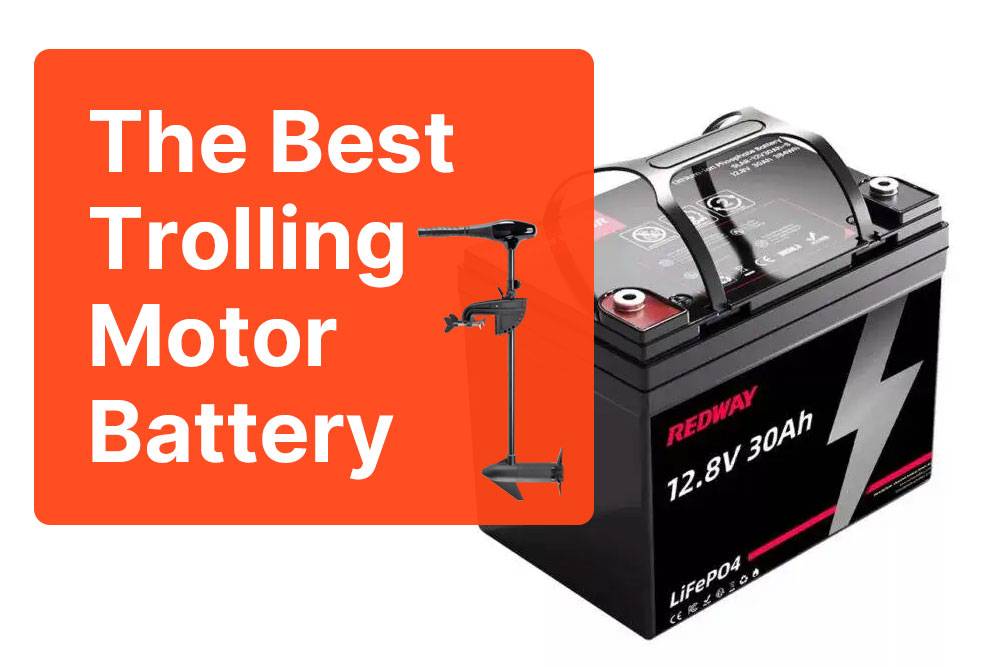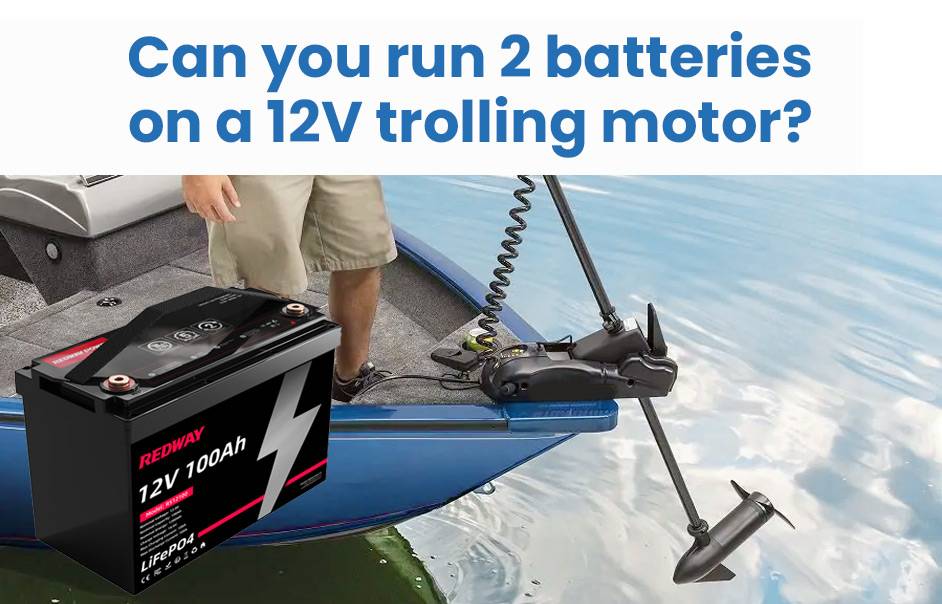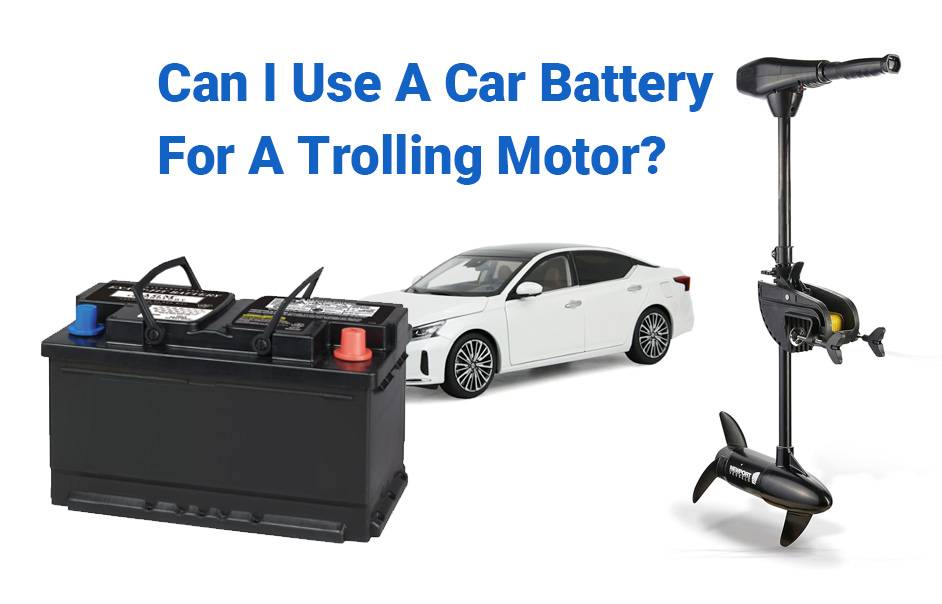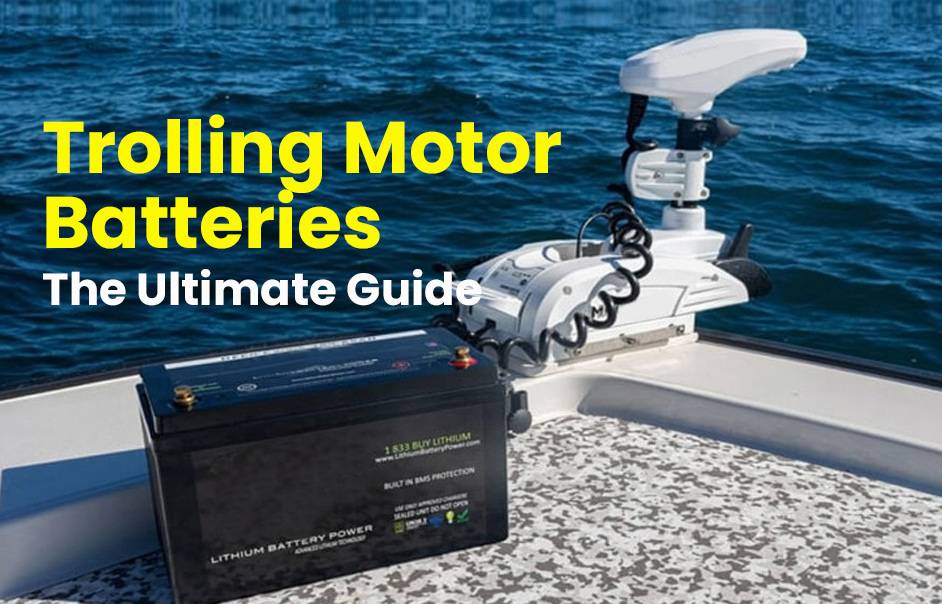Choosing the right battery for your trolling motor is crucial for boating enthusiasts. This article simplifies the process by discussing factors to consider, types of batteries available, and tips for maintenance. Whether you’re an angler or leisure boater, finding the perfect battery size is made easier with informed decision-making. Let’s explore the world of trolling motor batteries together.
Factors to Consider When Choosing a Battery for a Trolling Motor
Choosing the right battery for your trolling motor requires considering several key factors to ensure optimal performance. Here are the main factors to keep in mind:
- Capacity/Amp-Hour Rating: Determine how long the battery can power your trolling motor before needing a recharge.
- Size and Weight: Opt for a compact and lightweight battery for easier transport and installation on your boat.
- Power Output: Ensure the battery provides sufficient power to match your trolling motor’s requirements.
- Battery Type: Choose between lead-acid, AGM, or lithium-ion batteries based on their respective advantages and disadvantages.
- Intended Use: Consider how frequently you’ll use the trolling motor and in what conditions to determine if a higher-capacity or deep-cycle battery is necessary.
- Maintenance Requirements: Assess the battery’s upkeep needs, including charging and cleaning, to align with your lifestyle and commitment level.
By carefully considering these factors, you can select the ideal battery size for your trolling motor setup.
The Importance of Battery Size
Selecting the right size battery for your trolling motor is crucial for its performance and durability. Here are the main considerations to keep in mind:
- Capacity: Choose a battery with sufficient energy storage capacity for longer runtime, especially if you plan on extended use or in challenging conditions.
- Voltage Rating: Ensure the battery’s voltage matches the requirements of your trolling motor (12-volt or 24-volt) to prevent operational inefficiency or damage.
- Physical Size and Weight: Check that the battery fits properly in your boat’s storage area without causing imbalance, considering both its dimensions and weight.
By carefully evaluating these factors, you can choose a battery that optimizes your trolling motor’s performance and reliability on the water.
Different Types of Batteries for Trolling Motors
When selecting a battery for your trolling motor, it’s essential to understand the different types available and their unique characteristics. Here’s a brief overview:
- Lead Acid Batteries: Affordable and reliable, lead acid batteries are available in flooded and sealed variations, offering options for maintenance needs.
- Lithium-ion Batteries: Known for their lightweight design and long lifespan, lithium-ion batteries provide high performance and energy efficiency, albeit at a higher upfront cost.
- AGM Batteries: Absorbent Glass Mat batteries offer excellent vibration resistance, deep cycling capabilities, and faster recharging rates compared to other lead-acid types.
- Gel Batteries: Spill-proof and shock-resistant, gel cell batteries use a gel-like electrolyte for enhanced safety and durability.
- Calcium Deep Cycle Batteries: Maintenance-free and featuring calcium additives, these batteries reduce water loss during charging cycles for extended lifespan.
Consider your budget, performance requirements, and environmental concerns when choosing the best battery type for your trolling motor.
How to Calculate the Right Battery Size for Your Trolling Motor
Choosing the right battery size for your trolling motor is crucial for optimal performance on the water. Here are the key factors to consider:
- Motor Thrust: Higher thrust motors require more power from the battery, so match the battery size to your motor’s thrust rating to ensure sufficient power output.
- Usage Duration: Consider how long you plan to use the motor during each outing. Opt for a larger battery capacity if you anticipate extended periods of continuous use to avoid running out of power prematurely.
- Voltage Compatibility: Select a battery with the appropriate voltage (12V or 24V) that matches your trolling motor’s requirements for proper and efficient operation.
- Amp Draw Rating: Determine the motor’s amp draw rating to calculate the battery size needed. Multiply the amp draw by the expected usage hours to estimate the required battery capacity.
Ensure to review battery specifications thoroughly to match the battery’s capacity and discharge rates with your trolling motor’s needs for optimal performance.
Tips for Maintaining and Extending the Life of Your Trolling Motor Battery
To keep your trolling motor battery in top condition, proper maintenance is essential. Here are some straightforward tips to help you extend its lifespan:
- Charge Correctly: Follow manufacturer’s instructions for charging, using a quality charger that switches to maintenance mode after full charge to prevent overcharging.
- Store Properly: Store the battery in a cool, dry place away from direct sunlight and extreme temperatures, avoiding concrete surfaces.
- Check Water Levels: For flooded lead-acid batteries, regularly check and top up with distilled water to prevent sulfation.
- Monitor Voltage: Use a voltmeter to monitor battery voltage while on the water to gauge remaining charge.
- Avoid Deep Discharges: Minimize complete discharges to avoid stressing battery cells and reducing capacity over time.
- Clean Connections: Keep terminals clean and tighten connections securely without overtightening.
- Schedule Maintenance Checks: Have professionals inspect your trolling motor system at least once per season to catch potential issues early.
Following these tips will help you get the most out of your trolling motor battery, saving you money and ensuring uninterrupted fishing trips.
Conclusion
Selecting the right battery size for your trolling motor is vital for optimal performance and longevity. By considering factors like motor power and usage duration, you can determine the best battery size to meet your needs.
- Calculate Amp Hours: Divide the total amperage draw of your trolling motor by 20 to determine the required amp hours (Ah) for a safe discharge rate.
- Choose Deep Cycle Batteries: Opt for deep cycle batteries as they are designed to handle frequent deep discharges, ideal for trolling motors.
- Maintain Properly: Regularly check and clean terminal connections, monitor water levels (if applicable), and recharge the battery after each use to ensure longevity.
Following these steps will help you select the right-sized battery and maintain it properly, ensuring maximum efficiency and performance for your trolling motor.




